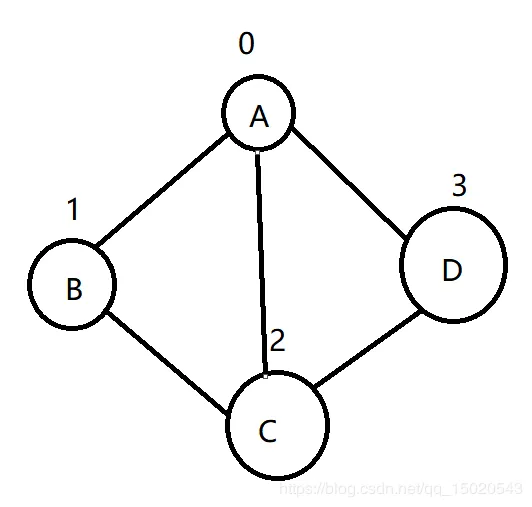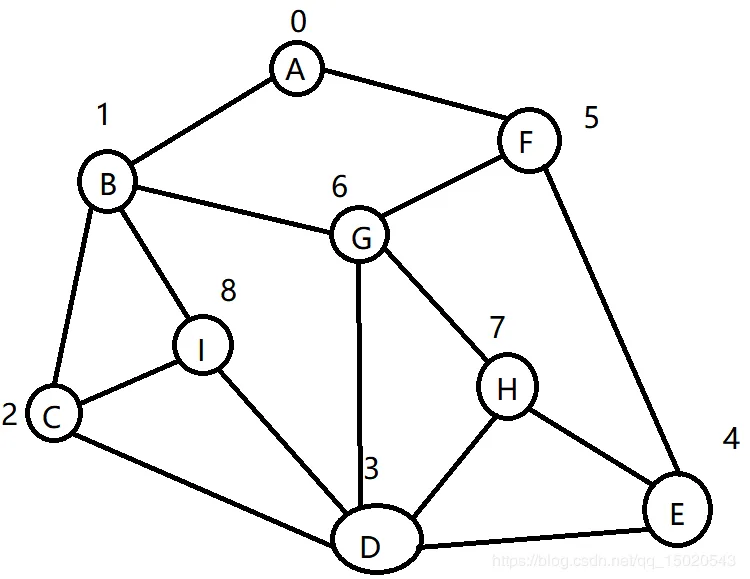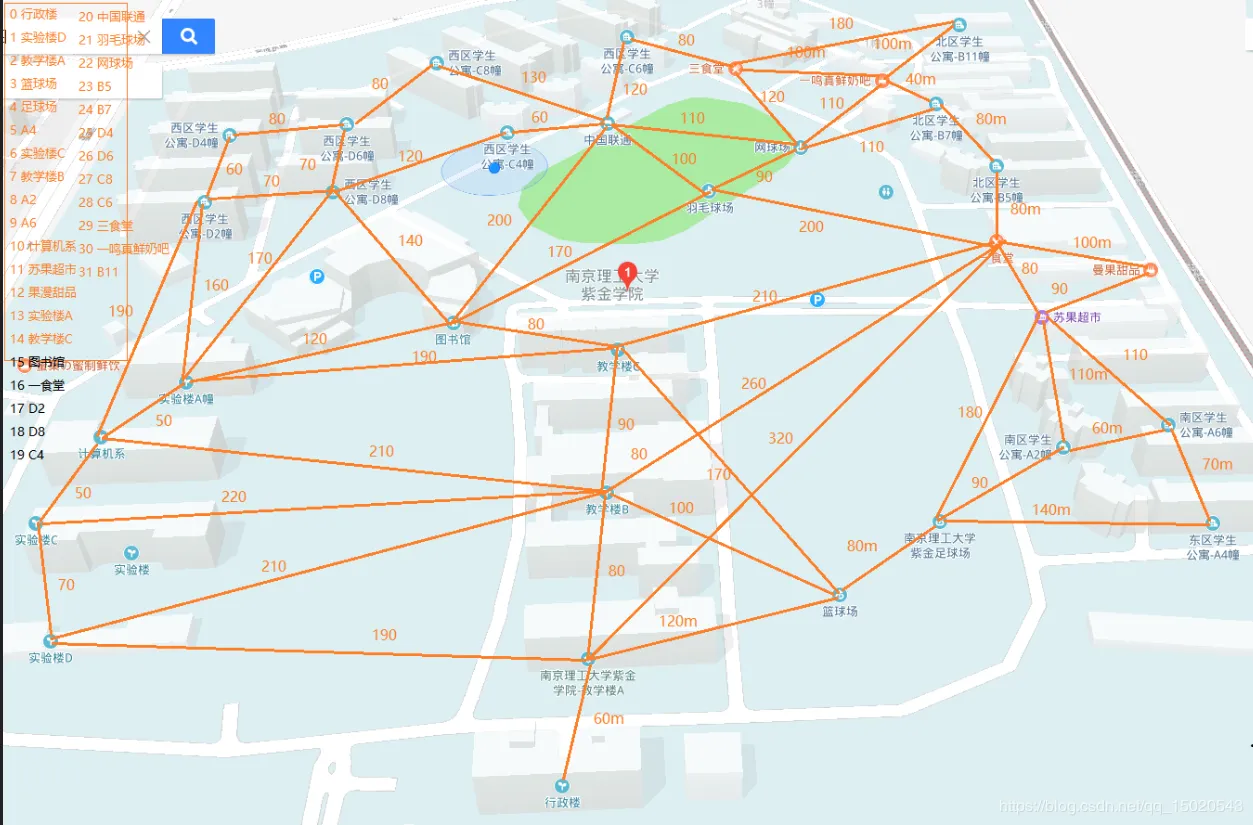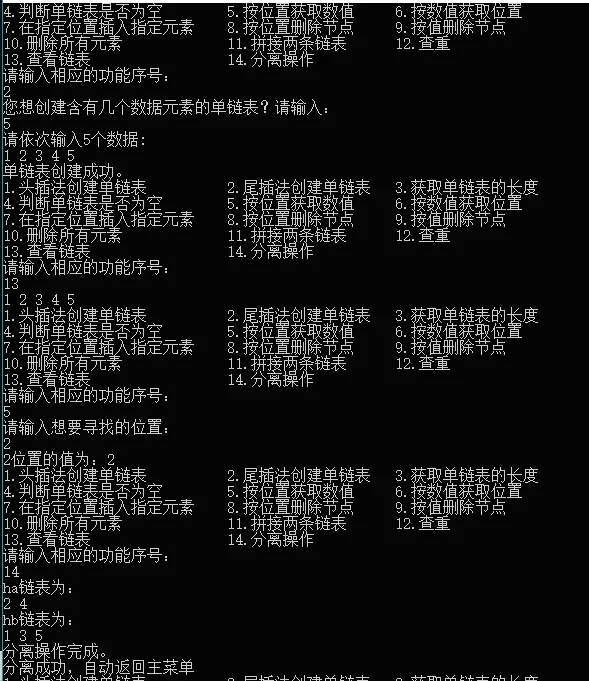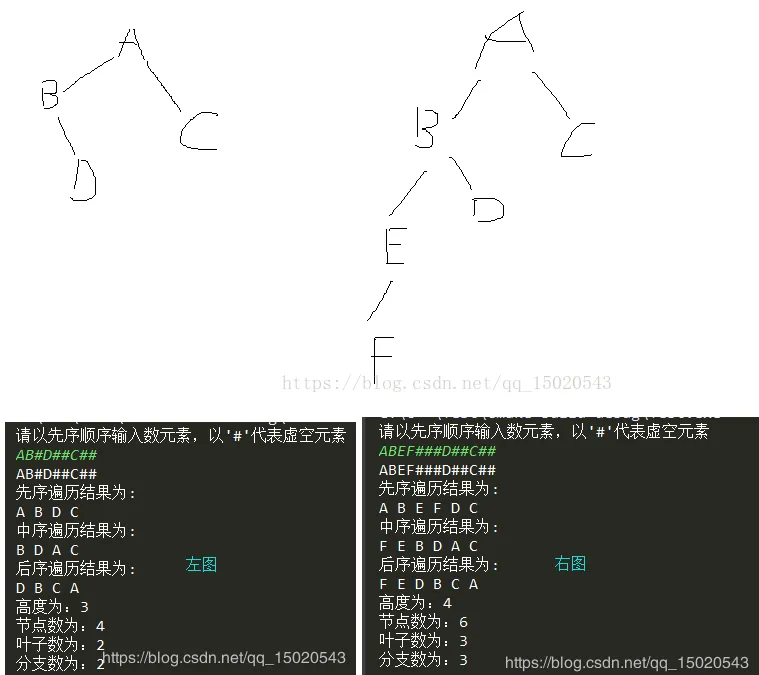前言
记录并分析常用排序算法,方便自己日后查阅。
环境
语言:C# IDE:Rider 2019.3.3
冒泡排序
1
2
3
4
5
6
7
8
9
10
11
12
13
14
15
16
17
18
19
20
21
22
23
|
public static void BubbleSort(int[] array, int count)
{
bool shouldSorted = true;
for (int i = 0; i < count && shouldSorted; i++)
{
shouldSorted = false;
for (int j = count - 1; j > i; j--)
{
if (array[j - 1] > array[j])
{
shouldSorted = true;
Utilities.Swap(ref array[j - 1], ref array[j]);
}
}
}
}
|
选择排序
1
2
3
4
5
6
7
8
9
10
11
12
13
14
15
16
17
18
19
20
21
22
23
24
25
|
public static void SelectSort(int[] array, int count)
{
int min;
for (int i = 0; i < count - 1; i++)
{
min = i;
for (int j = i + 1; j < count; j++)
{
if (array[min] > array[j])
{
min = j;
}
}
if (min != i)
{
Utilities.Swap(ref array[min], ref array[i]);
}
}
}
|
插入排序
1
2
3
4
5
6
7
8
9
10
11
12
13
14
15
16
17
18
19
20
21
22
23
|
public static void InserSort(int[] array, int count)
{
int guard;
for (int i = 0; i < count - 1; i++)
{
if (array[i] > array[i + 1])
{
guard = array[i + 1];
int j;
for (j = i; array[j] > guard && j >= 0; j--)
{
array[j + 1] = array[j];
}
array[j + 1] = guard;
}
}
}
|
希尔排序
1
2
3
4
5
6
7
8
9
10
11
12
13
14
15
16
17
18
19
20
21
22
23
24
25
26
27
|
public static void ShellSort(int[] array, int count)
{
int i, j, guard;
int increment = count;
do
{
increment = increment / 3 + 1;
for (i = increment + 1; i < count; i++)
{
if (array[i] < array[i - increment])
{
guard = array[i];
for (j = i - increment; j >= 0 && guard < array[j]; j -= increment)
{
array[j + increment] = array[j];
}
array[j + increment] = guard;
}
}
} while (increment > 1);
}
|
堆排序
1
2
3
4
5
6
7
8
9
10
11
12
13
14
15
16
17
18
19
20
21
22
23
24
25
26
27
28
29
30
31
32
33
34
35
36
37
38
39
40
41
42
43
44
45
46
47
48
49
|
public static void HeapSort(int[] array, int count)
{
for (int i = count / 2 - 1; i >= 0; i--)
{
HeapAdjust(array, i, count - 1);
}
for (int i = count - 1; i > 0; i--)
{
Utilities.Swap(ref array[0], ref array[i]);
HeapAdjust(array, 0, i - 1);
}
}
public static void HeapAdjust(int[] array, int startIndex, int endIndex)
{
int temp;
temp = array[startIndex];
for (int i = 2 * startIndex + 1; i <= endIndex; i = i * 2 + 1)
{
if (i < endIndex && array[i] < array[i + 1])
{
++i;
}
if (temp > array[i])
{
break;
}
array[startIndex] = array[i];
startIndex = i;
}
array[startIndex] = temp;
}
|
归并排序
1
2
3
4
5
6
7
8
9
10
11
12
13
14
15
16
17
18
19
20
21
22
23
24
25
26
27
28
29
30
31
32
33
34
35
36
37
38
39
40
41
42
43
44
45
46
47
48
49
50
51
52
53
54
55
56
57
58
59
60
61
62
63
64
65
66
67
68
69
70
71
72
73
74
75
76
77
78
79
80
81
82
83
84
85
86
87
88
89
90
|
public static void MergeSort(int[] array, int count)
{
int[] tempArray = new int[array.Length];
int k = 1;
while (k < count)
{
MergePass(array, tempArray, k, count);
k = 2 * k;
MergePass(tempArray, array, k, count);
k = 2 * k;
}
}
public static void MergePass(int[] sr, int[] tr, int srChildLength, int arrayLength)
{
int hasMergeCount = 1;
while (arrayLength - hasMergeCount + 1 >= 2 * srChildLength)
{
Merge(sr, tr, hasMergeCount - 1, hasMergeCount + srChildLength - 2,
hasMergeCount + 2 * srChildLength - 2);
hasMergeCount += 2 * srChildLength;
}
if (arrayLength - hasMergeCount + 1 > srChildLength)
{
Merge(sr, tr, hasMergeCount - 1, hasMergeCount + srChildLength - 2, arrayLength - 1);
}
else
{
for (int j = hasMergeCount - 1; j < arrayLength; j++)
{
tr[j] = sr[j];
}
}
}
private static void Merge(int[] sr, int[] tr, int sr1StartIndex, int sr1EndIndex, int sr2EndIndex)
{
int sr2StartIndex, currentProcess;
for (sr2StartIndex = sr1EndIndex + 1, currentProcess = sr1StartIndex;
sr1StartIndex <= sr1EndIndex && sr2StartIndex <= sr2EndIndex;
currentProcess++)
{
if (sr[sr1StartIndex] < sr[sr2StartIndex])
{
tr[currentProcess] = sr[sr1StartIndex++];
}
else
{
tr[currentProcess] = sr[sr2StartIndex++];
}
}
if (sr1StartIndex <= sr1EndIndex)
{
for (int l = 0; l <= sr1EndIndex - sr1StartIndex; l++)
{
tr[currentProcess + l] = sr[sr1StartIndex + l];
}
}
if (sr2StartIndex <= sr2EndIndex)
{
for (int l = 0; l <= sr2EndIndex - sr2StartIndex; l++)
{
tr[currentProcess + l] = sr[sr2StartIndex + l];
}
}
}
|
快速排序
1
2
3
4
5
6
7
8
9
10
11
12
13
14
15
16
17
18
19
20
21
22
23
24
25
26
27
28
29
30
31
32
33
34
35
36
37
38
39
40
41
42
43
44
45
46
47
48
49
50
51
52
53
54
55
56
57
58
59
60
61
62
63
64
65
66
67
68
69
70
71
72
73
74
75
76
77
78
|
public static void QuickSort(int[] array, int count)
{
QSort(array, 0, count - 1);
}
private static void QSort(int[] array, int low, int high)
{
int pivot;
while (low < high)
{
pivot = Partition(array, low, high);
QSort(array, low, pivot - 1);
low = pivot + 1;
}
}
private static int Partition(int[] array, int low, int high)
{
int pivotkey;
int m = low + (high - low) / 2;
if (array[low] > array[high])
{
Utilities.Swap(ref array[low],ref array[high]);
}
if (array[m] > array[high])
{
Utilities.Swap(ref array[m],ref array[high]);
}
if (array[m] > array[low])
{
Utilities.Swap(ref array[low],ref array[m]);
}
pivotkey = array[low];
int pivotkeyback = pivotkey;
while (low < high)
{
while (low < high && array[high] >= pivotkey)
{
high--;
}
array[low] = array[high];
while (low < high && array[low] <= pivotkey)
{
low++;
}
array[high] = array[low];
}
array[low] = pivotkeyback;
return low;
}
|
各种排序时空复杂度
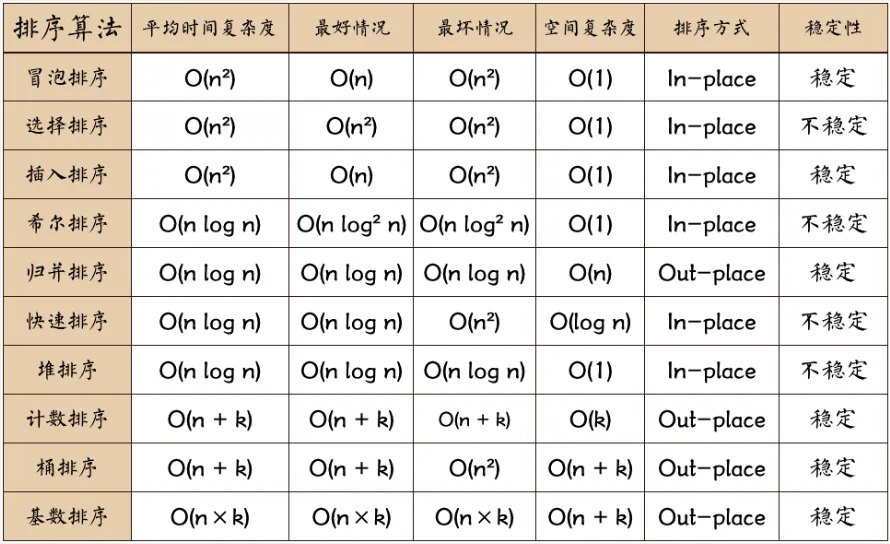
- n: 数据规模
- k: “桶”的个数
- In-place: 占用常数内存,不占用额外内存
- Out-place: 占用额外内存
此部分数据来自:https://blog.csdn.net/weixin_41190227/article/details/86600821



